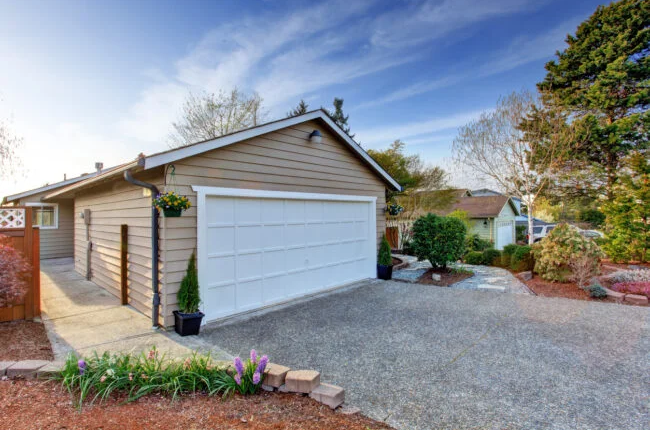Gravel driveways are a popular choice for homeowners due to their affordability, ease of installation, and good drainage properties. While they offer numerous advantages, gravel driveways also require consistent maintenance to ensure they remain in top condition. This article provides seven essential tips to help you maintain your gravel driveway effectively, safeguarding it against the ravages of weather and wear.
1. Regular Raking
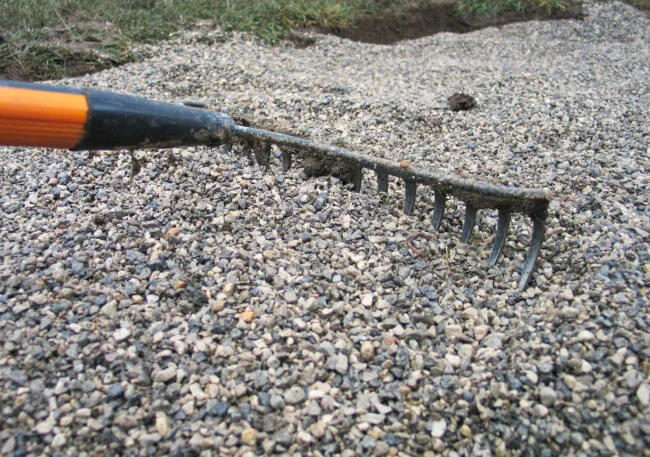
Frequent raking is paramount for preserving your gravel driveway. Over time, vehicle traffic, rainfall, and wind can displace gravel, creating an uneven surface that compromises both aesthetics and safety. Leaves and debris can also become intertwined with the gravel, making it harder to walk or drive on. Using a high-quality rake specifically designed for gravel, you can redistribute the gravel and dislodge debris, keeping your driveway in tip-top shape.
2. Debris Removal
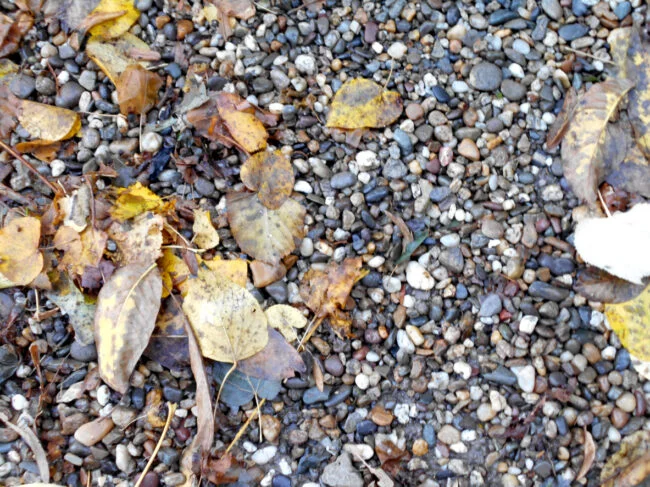
Taking a few minutes to clear debris from your gravel driveway can make a world of difference. Leaves, sticks, and other detritus can trap moisture, increasing the likelihood of potholes. Additionally, the accumulation of debris can diminish the driveway’s visual appeal and necessitate more frequent raking. Employ a rake with loose tines or a leaf blower set on low to efficiently remove wet or dry leaves and other debris.
3. Address Poor Drainage
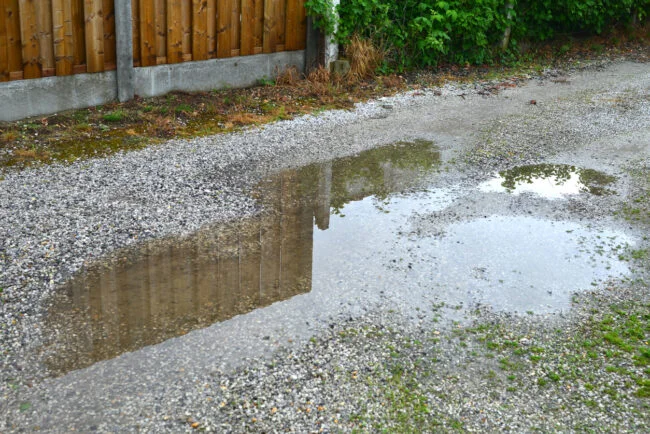
Check your gravel driveway for areas where water tends to pool or drainage appears inadequate. Water pooling can erode the gravel and lead to the formation of troublesome potholes. To mitigate these issues, add gravel to low spots and compact it to ensure stability. For persistent drainage concerns, add extra gravel and gently rake to create a slight incline in the problem area, facilitating better water runoff.
4. Pothole Repair
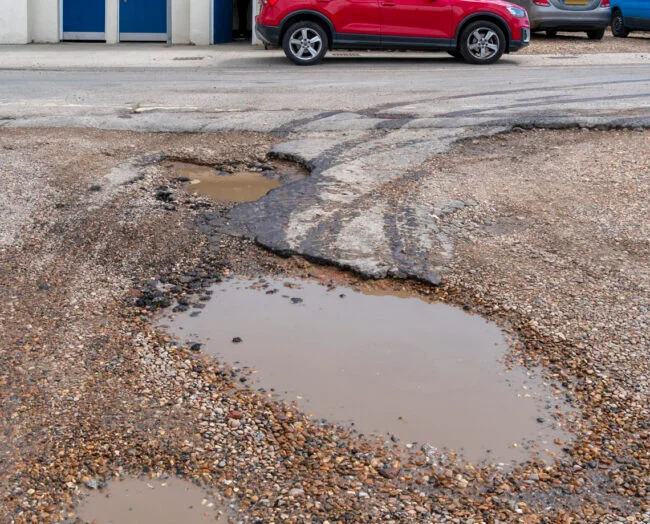
Promptly address small water pooling areas, as they can evolve into more significant potholes. Neglecting potholes can result in damage to your vehicle, including tire issues, wheel damage, suspension problems, and more. Fixing potholes necessitates the addition of more gravel and the use of a heavy roller. Deeper potholes may require grading before filling to ensure proper repair.
5. Snow Removal Caution
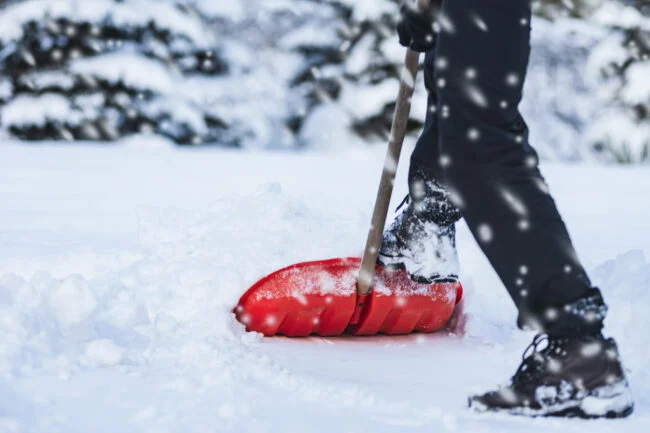
Clearing snow from a gravel driveway requires careful handling. Avoid using a snowplow, as it can displace gravel along with the snow. When shoveling, it’s wise to leave about an inch of snow in place to maintain traction and reduce the risk of disturbing gravel pieces.
6. Grading Check
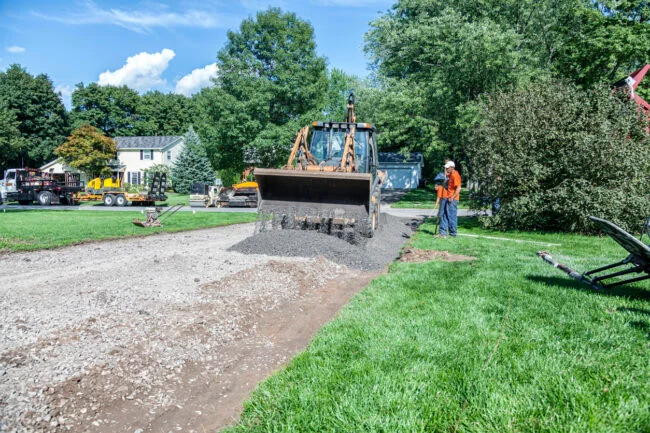
Proper grading is crucial when installing a new gravel driveway or adding new stones to an existing one. Ensure that the sides and ends slope down to facilitate proper water drainage. Grading your driveway before adding gravel will help achieve the correct slope and ensure an even distribution of stones.
7. Landscaping Fabric Application

Laying landscaping fabric before adding new gravel offers multiple benefits. Beyond preventing weed growth, this fabric stabilizes the soil beneath the gravel, reducing the risk of potholes and water pooling. Opt for a heavy-duty fabric with low water permeability, as driveways don’t require the same level of air and water permeability as plantings.
Conclusion
Maintaining a gravel driveway may require some effort, but the rewards of cost-effectiveness and good drainage are well worth it. By following these seven tips, you can keep your gravel driveway in excellent condition, ensuring it remains a practical and aesthetically pleasing choice for your home. Regular raking, debris removal, addressing drainage issues, and proper snow removal techniques are key to preserving your gravel driveway’s longevity and functionality. Additionally, taking care of potholes, grading the driveway, and using landscaping fabric can significantly enhance its durability and appearance.
image source : istockphoto

